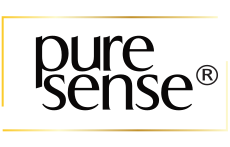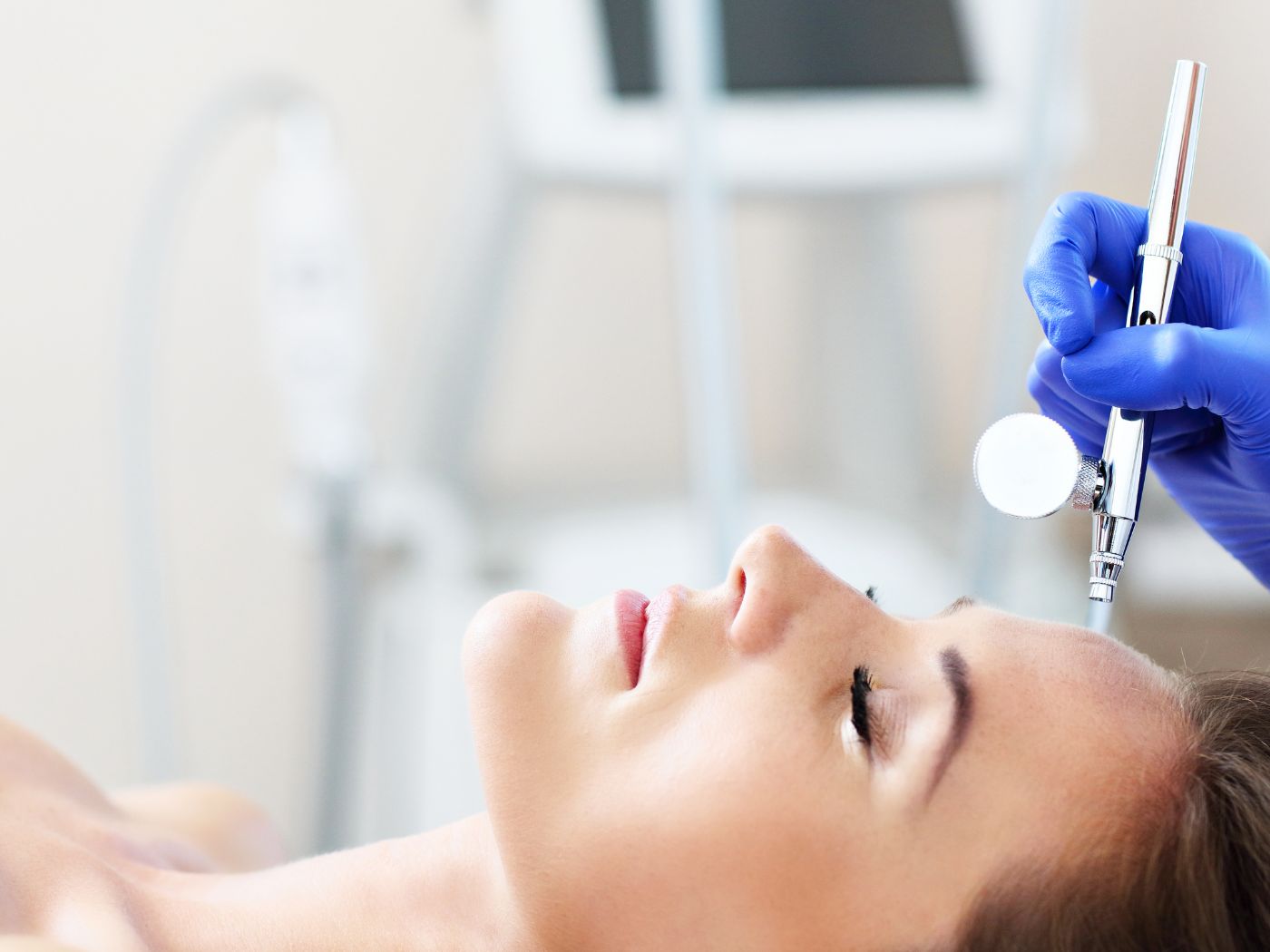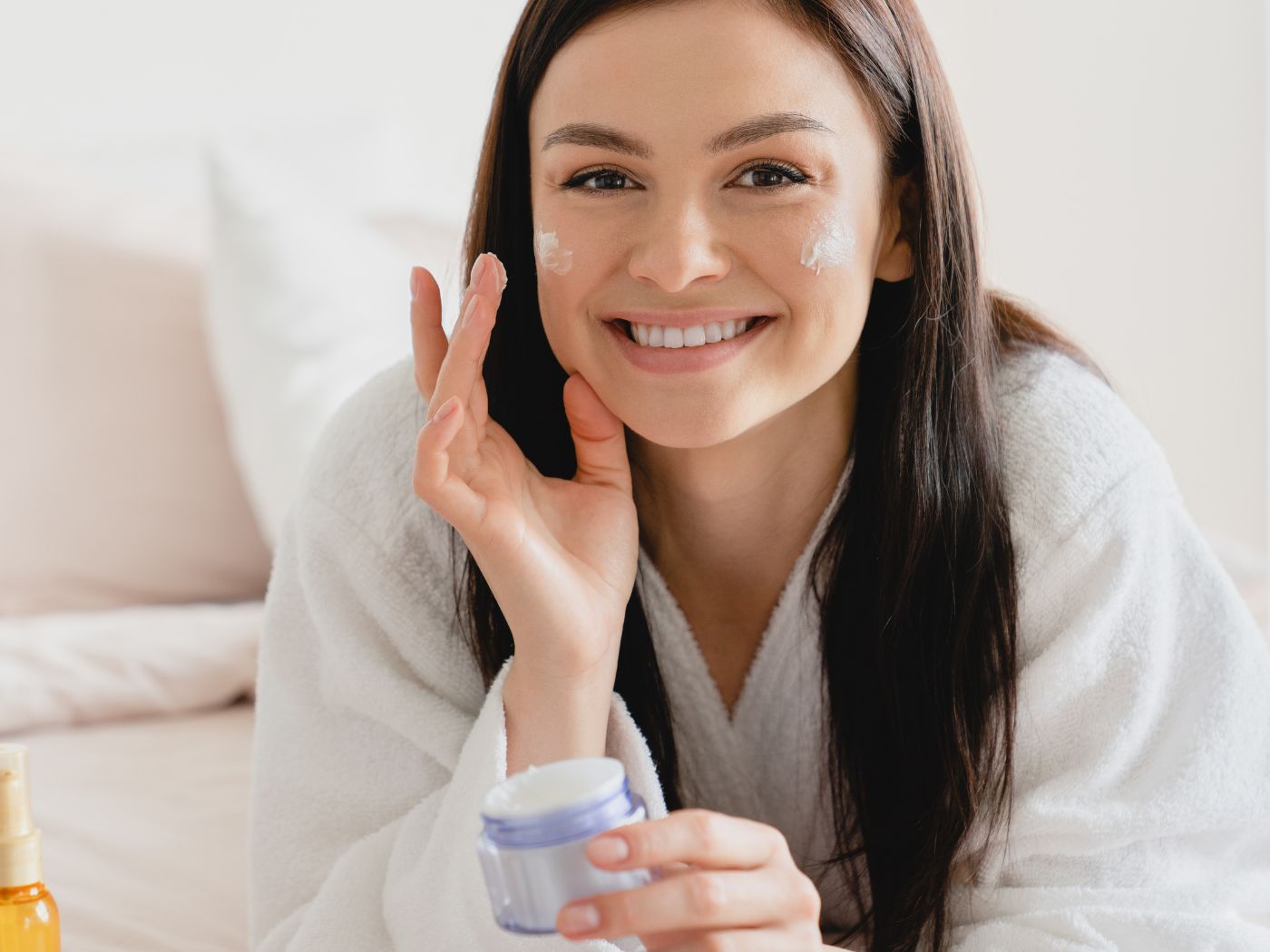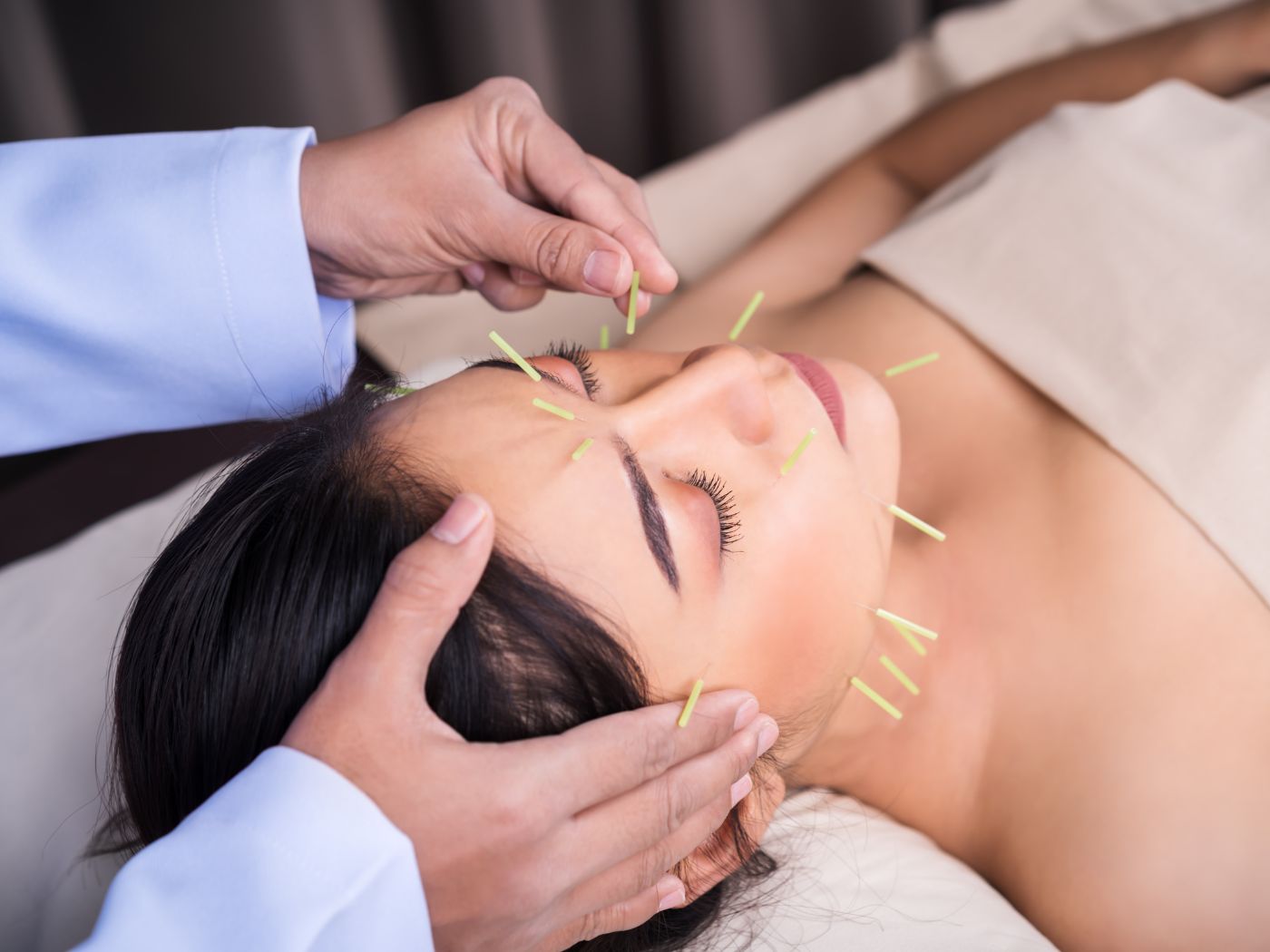Facials are a blessing for our face as it not only rejuvenates our skin but also helps in relaxing our mind. Luckily there are various types of facials you can choose from depending upon your skin type and preference. Today, we will be looking at one such type of facial called oxygen facial. We will also look oxygen facial benefits, and the ins and outs of oxygen facial treatment! So let’s begin, shall we?
-
What Is Oxygen Facial?
-
Top 10 Oxygen Facial Benefits
-
Oxygen Facial Procedure
-
Oxygen Facial At Home
-
Oxygen Facial Side Effects
-
Conclusion
-
FAQs On Oxygen Facial
What Is Oxygen Facial?

An oxygen facial treatment is a beauty treatment that involves delivering a concentrated stream of oxygen to the skin, along with various vitamins, minerals, and other nutrients. The procedure typically involves a machine that uses compressed oxygen to push a mist of active ingredients onto the skin's surface.
The oxygen is said to help boost circulation and promote collagen production, which can improve the skin's texture and reduce the appearance of fine lines and wrinkles. The infusion of nutrients, such as vitamins A, C, and E, can also provide antioxidant benefits, protecting the skin from environmental damage and helping to brighten and even out the complexion.
The oxygen facial treatment is a non-invasive treatment that is generally safe and suitable for most skin types. It is often used as a pre-event or special occasion treatment, as it can provide a quick and noticeable improvement in the skin's appearance. However, it is important to note that the effects of an oxygen facial are temporary and may require multiple treatments to achieve long-term benefits.
Let’s take a look at the said oxygen facial benefits.
Top 10 Oxygen Facial Benefits

There are several oxygen facial benefits resulting in the new-found popularity of the treatment. Here are some of the noteworthy benefits:
1. Improved Skin Hydration
Oxygen facials can help to deeply hydrate the skin by delivering moisture directly to the surface and promoting better circulation.
2. Reduced Appearance Of Fine Lines And Wrinkles
The increased circulation and collagen production stimulated by oxygen facials can help to smooth out fine lines and wrinkles, providing a more youthful appearance.
3. Brighter, More Even Complexion
By infusing the skin with vitamins and nutrients, oxygen facials can help to brighten and even out the skin's tone and texture, reducing the appearance of hyperpigmentation and other discolourations.
4. Reduced Inflammation
The soothing and cooling effect of the oxygen mist can help to reduce redness and inflammation in the skin, making it an ideal treatment for people with sensitive or acne-prone skin.
5. Increased Cell Metabolism
The oxygen and nutrient-rich mist can help to increase cell metabolism, promoting cell turnover and regeneration, resulting in healthier, more radiant skin.
6. Improved Circulation
The pressurised oxygen in the facial can help to stimulate blood flow, which helps to deliver essential nutrients to the skin's surface and promote healing.
7. Reduced Acne
The anti-inflammatory properties of oxygen facials, combined with the antibacterial effects of oxygen, can help to reduce the occurrence of acne and other skin blemishes.
8. Reduced Pore Size
The deep-cleansing action of the oxygen facial can help to unclog pores and reduce their appearance, resulting in a smoother, more refined complexion.
9. Improved Overall Skin Health
By providing the skin with the oxygen, vitamins, and other nutrients it needs, oxygen facials can help to improve the overall health and appearance of the skin, leaving it soft, supple, and radiant.
10. Non-Invasive And Quick Treatment
Oxygen facials are non-invasive, meaning there is little to no downtime. The treatment is typically quick, and the results are often visible immediately after the treatment.
Oxygen Facial Procedure

Now that we know the oxygen facial benefits, let’s take a look at the procedure and how you can make the most out of it!
- Cleansing: The aesthetician will begin by cleansing the skin to remove any makeup, dirt, or impurities.
- Exfoliation: Next, the aesthetician will exfoliate the skin to remove dead skin cells and prepare the skin for oxygen infusion.
- Oxygen infusion: Oxygen infusion involves the use of a machine that delivers a stream of pressurised oxygen to the skin. The oxygen is often combined with a serum or mist that contains vitamins, minerals, and other nutrients. The aesthetician will use a handheld device to apply the mist to the skin, working in small circular motions to cover the entire face.
- Massage: Some oxygen facials include a facial massage to further promote circulation and relaxation.
- Mask: After the oxygen infusion, the aesthetician may apply a mask to the skin to provide additional hydration and nourishment.
- Moisturiser: Finally, the aesthetician will apply a moisturiser to the skin to lock in the nutrients and provide long-lasting hydration.
Using natural products is an important part of oxygen facial treatment. If you are looking for a range of face care products, you can take a look at Pure Sense. Pure Sense offers a range of personal care products that are 100% natural and made from ethically-sourced ingredients to take care of your skin. You can try:
- Pure Sense Pink Guava Face Wash
- Pure Sense Natural Papaya Face Scrub
- Pure Sense Pink Guava Face Mask
- Pure sense Pink Guava Day Cream
Oxygen Facial At Home
It is possible to perform an oxygen facial at home, although it is important to note that the results may not be as effective as a professional treatment. Here are the general steps for performing an oxygen facial at home:
- Cleanse: Begin by cleansing your face with a gentle cleanser to remove any makeup, dirt, or impurities.
- Exfoliate: Use a gentle exfoliating scrub or chemical exfoliant to remove dead skin cells and prepare the skin for oxygen infusion.
- Oxygen infusion: There are a few different ways to perform an oxygen infusion at home. One option is to use a handheld device that delivers pressurised oxygen to the skin, which can be purchased from a beauty supply store or online. Alternatively, you can use a facial mist or serum that contains oxygen and other nutrients, applying it to your skin with your hands or a soft brush.
- Massage: Use gentle massage techniques to promote circulation and relaxation, focusing on areas that are prone to tension or stress.
- Mask: Apply a hydrating and nourishing mask to the skin, leaving it on for the recommended amount of time before rinsing it off.
- Moisturise: Finish by applying a moisturiser to the skin to lock in the nutrients and provide long-lasting hydration.
Several different types of oxygen facial masks are used during the oxygen facial procedure to provide hydration, nourishment, and other benefits to the skin. Here are a few examples:
- Hydrating Mask: This type of mask is designed to hydrate and moisturise the skin, often using ingredients like hyaluronic acid, aloe vera, and glycerin to lock in moisture and prevent dryness.
- Brightening Mask: A brightening mask may contain ingredients like vitamin C, kojic acid, or arbutin, which can help to reduce the appearance of dark spots and hyperpigmentation, and leave the skin looking brighter and more even-toned.
- Detoxifying Mask: A detoxifying mask is designed to draw out impurities and toxins from the skin, using ingredients like activated charcoal, bentonite clay, or kaolin clay.
- Anti-Aging Mask: An anti-ageing mask may contain ingredients like peptides, retinol, or collagen, which can help to stimulate collagen production and reduce the appearance of fine lines and wrinkles.
- Oxygenating Mask: An oxygenating mask contains active ingredients that release oxygen into the skin, helping to increase circulation and provide a boost of hydration and nourishment.
Here is a range of Pure Sense Sheet Masks you can try:
- Pure Sense Hydrating Sheet Mask with Hyaluronic Acid
- Pure Sense Anti-Ageing Sheet Mask
- Pure Sense Brightening Sheet Mask
- Pure Sense Nourishing Sheet Mask
The specific type of mask used during an oxygen facial will depend on the individual's skin type, concerns, and goals for the treatment. It is important to consult with a licensed aesthetician or dermatologist to determine the best type of mask for your skin.
Oxygen Facial Side Effects
While oxygen facials are generally safe, there are a few potential side effects and risks that should be considered. Some possible oxygen facial side effects include:
- Skin irritation: The use of certain products or techniques during the facial may irritate the skin, causing redness, swelling, or itching.
- Allergic reactions: Some people may be allergic to certain ingredients used in the facial, such as serums, mists, or masks, which can cause itching, hives, or other allergic reactions.
- Acne flare-ups: In rare cases, the use of certain products or techniques during the facial may cause acne flare-ups or breakouts.
- Dehydration: While oxygen facials are designed to hydrate the skin, overuse or improper use of the treatment may lead to dehydration and dryness.
Conclusion
This is everything you need to know about oxygen facial treatment. While there are several benefits of this treatment, it should be done carefully as it can cause side effects. Also, consult your dermatologist for more understanding about what treatment will best suit your skin!
FAQs On Oxygen Facial
1. Are oxygen facials beneficial for the skin?
Yes, an oxygen facial can be beneficial for the skin as it can help improve skin hydration, circulation, and radiance, and may also have anti-ageing and brightening effects. However, the extent of its benefits may vary depending on individual skin types and concerns.
2. How often should you get oxygen facial treatment?
The frequency of oxygen facial treatments can vary depending on individual skin type, concerns, and goals for the treatment. For most people, it is recommended to get an oxygen facial treatment once every 4-6 weeks to maintain optimal results. However, some people may benefit from more frequent treatments, while others may need to space out their treatments to avoid overstimulating the skin.
3. How can you avoid oxygen facial side effects?
To avoid potential side effects from an oxygen facial, it is important to choose a licensed and experienced aesthetician, communicate any allergies or concerns beforehand, avoid harsh treatments before the facial, follow aftercare instructions, drink plenty of water, consider a patch test, and be aware of the risks and side effects.







